© ROOT-NATION.com - Use of content is permitted with a backlink.
Do you want batteries made of stone? Are we in for a new battery revolution? All this today.
Around the world, there has long been a race to achieve the highest possible efficiency of so-called green energy. Renewable energy sources that do not emit greenhouse gases into the atmosphere – this is the future of our civilisation, which no one doubts anymore. It is no longer just a dream, but the need of the day. Scientists are sounding the alarm more and more, urging us to save energy and try to use electrical appliances as efficiently as possible.
Read also: Motorola Edge 40 review: the one that’s “top for its money”
Don’t want to read? Watch video:

Lithium-ion batteries are not so efficient anymore
Most battery-powered or rechargeable devices, from old Walkman players to the latest smartphones or electric cars, are based on lithium-ion (Li-ion) technology. They have been used in most electrical appliances and technological devices for many years, although they are not very energy efficient or long-lasting. In addition, their disposal over time becomes a real problem for the ecological situation of our environment.
Lithium-ion batteries are put almost everywhere because they are cheap and have high performance. As the cost of these batteries has come down significantly over the last decade, they are becoming the most viable alternative for long term use, simply because of their large quantity. Today, these batteries have achieved low cost and increased energy density not because of technological breakthroughs, but because of simple and persistent engineering optimisation of production methods, tools and efficiency.

However, with the development of new methods and technologies for producing electricity, the demand for efficient methods of storing it is growing. There is no problem with this on a small scale – the solution is various types of batteries and accumulators, which have now become as integral to reality as electricity itself.
They are used to power phones, different types of lighting, they were once needed to use torches or turntables, although all of these are now in our smartphones. But how do you store the energy needed to power an entire household? It turns out that batteries can come in handy in this case too. Of course, we’re not talking about batteries like the popular “finger batteries” available in the shops, but about brand new devices that are exciting engineering advances in their own right.
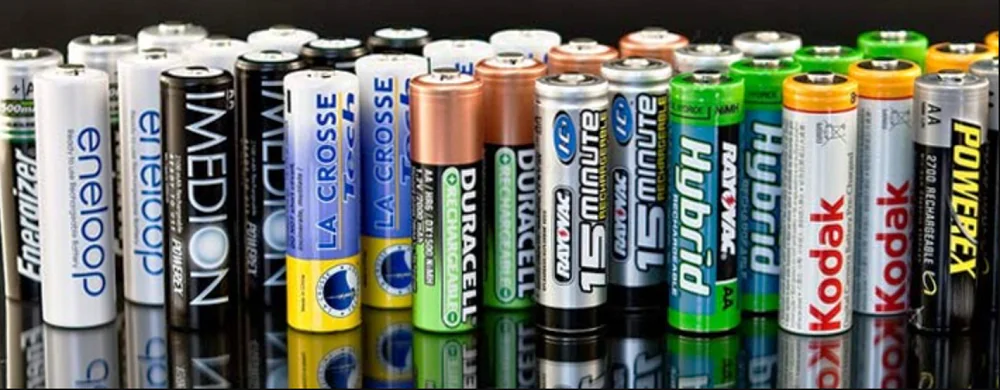
For quite some time now, research has been ongoing to develop new batteries that can compete with lithium-ion batteries in terms of performance, cost and durability.
Many of these new technologies are not entirely new. In fact, they work similarly to lithium-ion batteries, but using different materials. Here are some of the most interesting examples of technologies that could soon revolutionise the field of electricity storage.
Read also: 7 coolest ways to use ChatGPT
Solid-state batteries
This type of battery, unlike the others, uses solid forms rather than liquid or gel electrolytes. These electrolytes usually come in the form of ceramics, glass, polymers, or sulfites. Solid-state batteries are more efficient because they provide more energy for the same size as their lithium-ion counterparts. They have great potential, especially in the field of powering electric vehicles.

A solid-state battery has the potential to solve most of the above problems with modern lithium-ion batteries. A glass solid state battery can have three times the energy density by using an alkali metal (lithium, sodium or potassium) anode, which increases the energy density of the cathode and provides long life. The solid electrolyte is considered non-flammable or at least resistant to spontaneous combustion. The non-combustible nature of solid-state batteries also reduces the risk of overheating by allowing cells to be packed more densely and thus increasing design flexibility and bulk density.
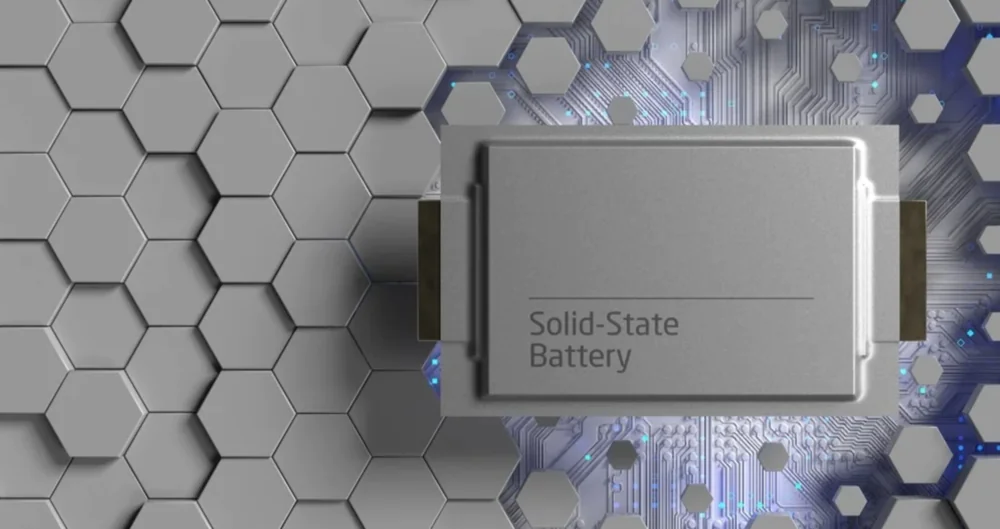
The big expectation about these batteries is that they can last much longer. And this is a big plus in today’s world.
However, solid-state batteries are currently at a low level of technology readiness and basic research is still ongoing, causing uncertainty and concerns related to high manufacturing costs and scalability. The challenge is also to introduce solid electrolytes in a process that is compatible with current manufacturing practices, which should not affect the durability or cost of the final product, and furthermore add benefits such as better energy and power density, improved safety and higher capacity.
Read also: Geoengineering challenges: EU to ban scientists from ‘playing God’
Lithium-sulphur batteries
Lithium-sulfur (Li-S) batteries started to be developed and researched since the 1960s as an efficient device for energy storage through reversible electrochemical reactions. Despite the rapid development and commercialisation of lithium-ion battery (LIB) technology, no breakthrough has been achieved to solve the critical technical problems that Li-S batteries have been facing for decades. Therefore, in the 2000s, Li-S batteries regained significant developer interest due to their advantages of low cost and high theoretical specific energy. These values are almost 3 times the performance of current Li-ion batteries. The low cost and high sulphur content (i.e. the active material of the cathode) make Li-S batteries more attractive than Li-ion batteries, given the fact that the latter use critical materials such as cobalt and nickel in the production of cathodes.
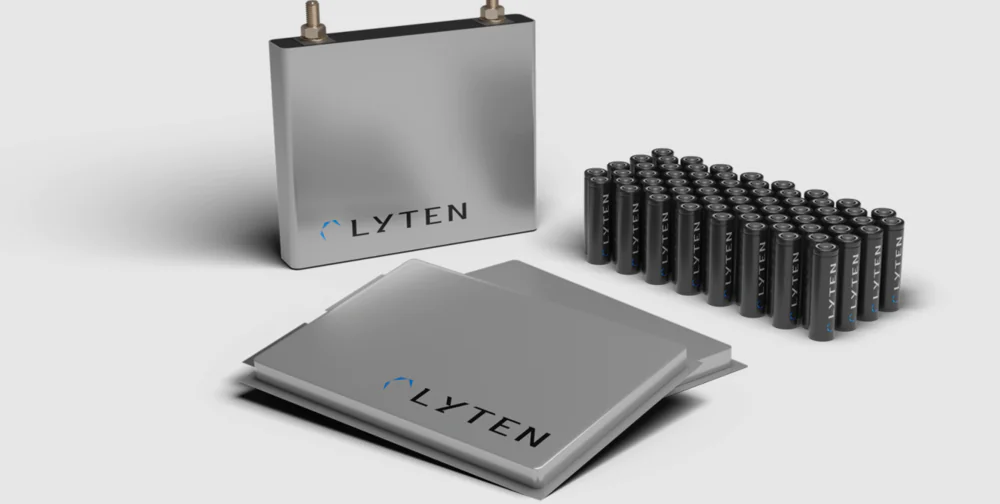
And in lithium-sulphur batteries, the cathode, which is one of the two electrodes in the battery, will be made of sulphur. This element is more balanced than traditional nickel and cobalt. Such batteries are more efficient than lithium-ion batteries. This can obviously lead to a longer driving range for the cars in which they will be used. It can be said that the big plus point of these batteries is that sulphur is an inexpensive and common raw material. At the same time, the manufacturing process of these batteries is very similar to that used to make lithium-ion batteries, which means that the same equipment and production facilities can be used to produce them.
Another advantage of these types of batteries, is that the amount of energy required to make them is almost 25 per cent less. All of these features could make the production of lithium-sulphur batteries very cost-effective.
Development is already well underway. Lyten has made the most significant progress in this area. It already has a whole battery platform LytCell EV. The company says their battery is safer and cheaper than today’s lithium-ion batteries, and it could be used in mass-produced electric cars made in the U.S. by the middle of this decade.
Read also: All about the new MuWNS navigation system: Works underground and underwater
Iron-air batteries
This type of battery works based on the process of iron oxidation using air. During recharging, the oxidised substances are converted back into iron in a process known as reverse oxidation. Iron-air batteries are expected to become common in the near future, mainly because they will allow energy to be stored almost 25 times longer than lithium-ion batteries.
Because of the very large reserves of both iron and air, such batteries would certainly cost much less. It is estimated that their price could be lower than existing batteries by a factor of about 10! Unfortunately, such batteries have one major drawback – due to the slow oxidation rate of iron, they can take a long time to charge.
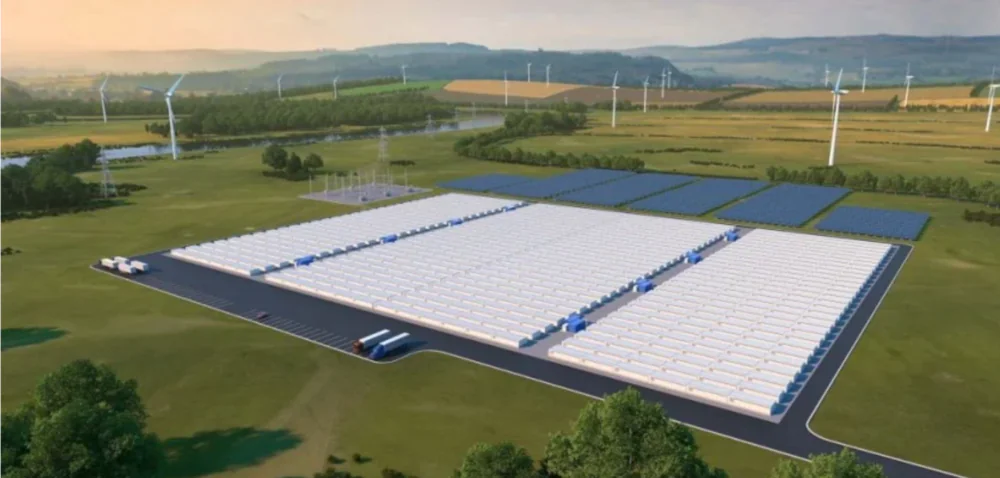
The startup Form Energy, which originated from the renowned Massachusetts Institute of Technology (MIT), is successfully developing iron-air batteries. According to the developers, Form Energy batteries are ten times cheaper than lithium batteries, and they use iron, the amount of which in the world is huge. At the same time, iron-air batteries can last longer than lithium batteries and are also safer because they are not flammable.
The only drawback observed at the moment is that these batteries are slow to charge, making them a less viable option than lithium batteries, for example in the case of laptops or smartphones. On the other hand, they are an excellent solution for energy storage at the level of the national power grid, as they can provide 100 hours of energy storage, which is much longer than lithium batteries, which last up to six hours. In this way they can facilitate the integration of large-scale solar parks and wind farms.
Read also: Bluesky phenomenon: what is the service and how long will it last?
Crushed stone batteries
Another interesting example of a new type of battery is those that store heat instead of electricity. For example, the Israeli company Brenmiller Energy is working on using alternative materials such as rocks to store thermal energy. Since 2012, Brenmiller Energy has been using crushed rock first to generate and then to store thermal energy. Such technologies can in turn be used for a variety of purposes, for example in industry.
Interestingly, using crushed rock to store energy is not exactly a new idea. NASA, which has many new technologies under its belt, has been testing thermal energy storage technologies since the seventies. Unlike conventional batteries, the batteries produced by the Israeli company use energy to produce steam, hot water or hot air. Brenmiller Energy says its plant, called Tempo, will be capable of storing up to 35 MWh of energy, producing up to 14 tonnes of steam per hour.
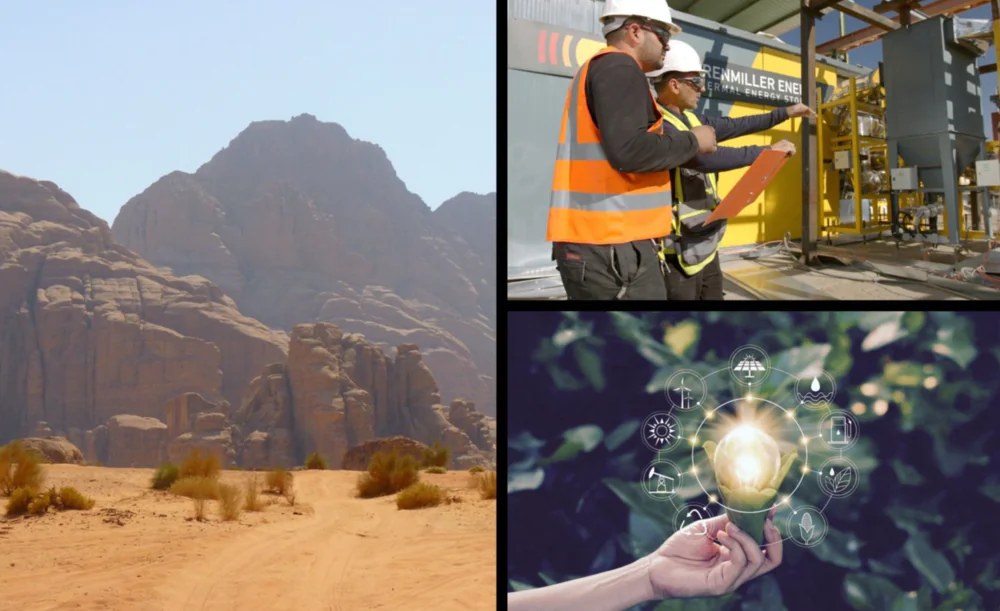
This is very important for the Israeli economy, where up to 45 per cent of all energy-related emissions come from the industrial heating sector. This project consists of replacing steam boilers fuelled by traditional fossil fuels.
New realities require new solutions. The emergence of new types of batteries will contribute to the development of technologies in the field of energy saving. Perhaps in a few years your laptop or smartphone will no longer need to be charged every day, because it will work for a month, or even a year, on a single charge. In addition, the new type of battery will not only save energy, but also contribute to the preservation of the environment.
Read also:
- The first photo from the James Webb Telescope is a year old: How it changed our understanding of the Universe
- Huawei Watch 4 Pro review: An incredible watch with one drawback
- Google Bard AI: everything you need to know

